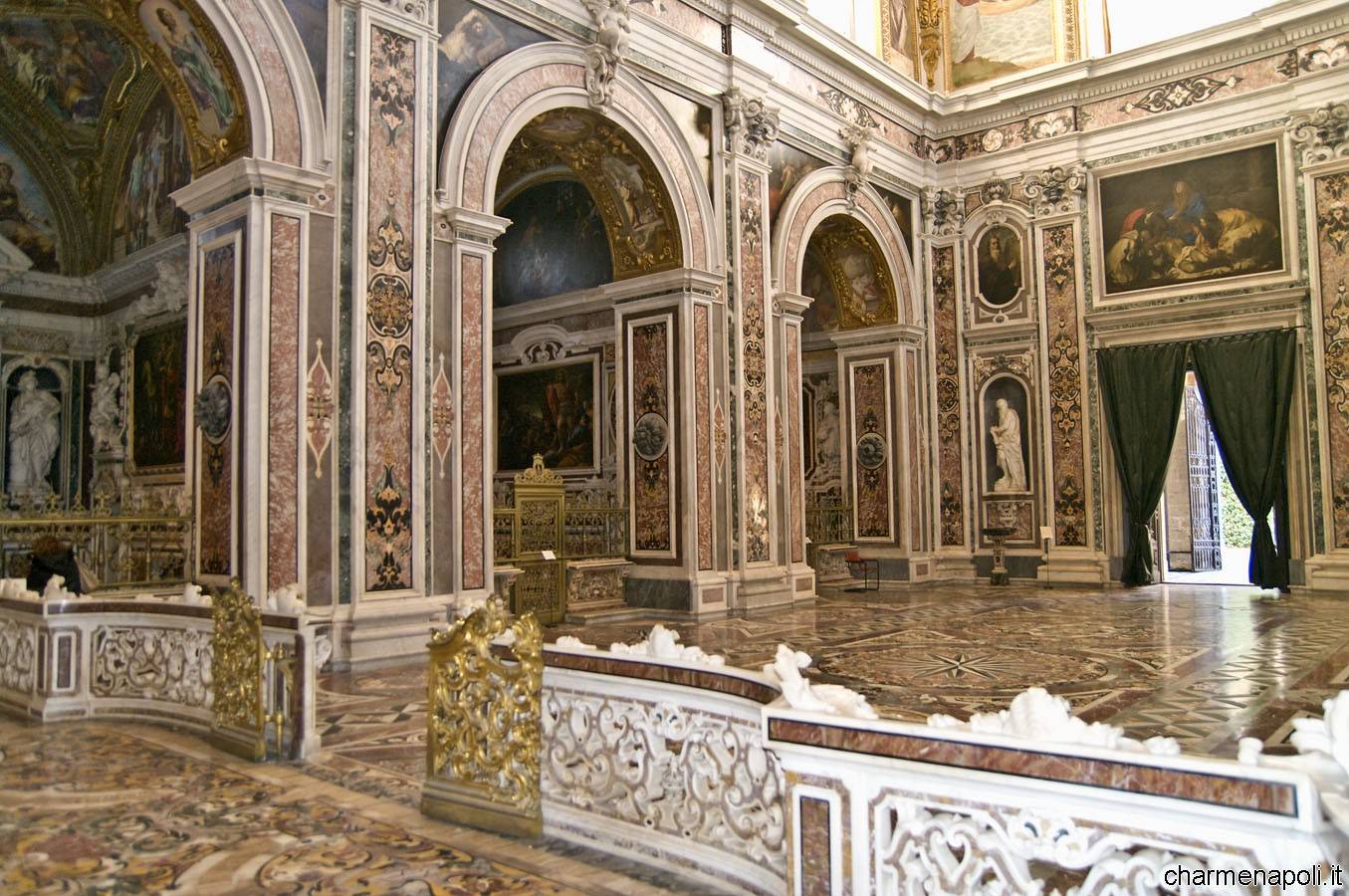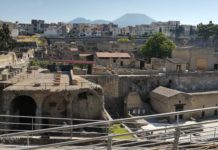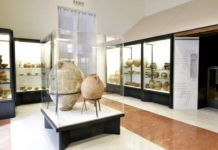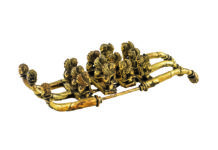Certosa of San Martino is laid on Vomero hill since seven centuries. The first stone goes back to the 14th century, when Tino da Camaino and Atanasio Primario built it in Gothic shape. Chronicles tell that it was founded by Charles of Anjou, and then consecrated under the reign of Joan I.
The restoration made by Cosimo Fanzago during the 17th century transformed the old monastery into a stunning religious complex. Between the 16th century and the 18th century, there worked the best architects and artists of the period – painters, sculptors, artisans of marble, wood and minor arts – like Fanzago, Spadaro, Ribera, Stanzione, Caracciolo, Sanmartino, Lanfranco, Solimena, and Vaccaro brothers. They enriched it with works of art, altars, and décors. During the Grand Tour, the chartreuse dedicated to San Martino, probably because of a chapel in his honour, was a favoured destination of men of letters and travellers in search of inspiration and knowledge.
The sumptuous Baroque church with marbles, sculptures, and the enchanting choir. The majestic cloister, with a Doric-Tuscan colonnade, statues all along the open gallery, the camellia garden. The amazing cloister “dei Procuratori”, with terracotta tiles and majolica floor made by Giuseppe Massa. The three-levels garden: the highest used to host the monks’ herbarium; the vegetable garden in the middle; the lowest with vineyards, reserved to the monks’ walk.[charme-gallery]The extraordinary room with the carriages: the oldest one, the “Carriage of the city”, was made in golden wood and enriched with paintings and valuable fabrics between the 17th and the 18th century. It went out for the last time in 1861, when Naples ceased to be the capital of the Reign of the Two Sicilies. There’s also the carriage which belonged to Queen Maria Cristina of Savoy, dating between the 18th and the 19th century.
During the restorations of 1886, made by Alberto Avena, royal and viceroyal coats of arms were put on the walls. Some of them come from Porta Medina, destroyed in 1873, and arrived to San Martino in 1889; the Bourbon of the Two Sicilies coat of arms comes from the door of Castel Nuovo. There is also the Colonna della Vicaria, originally put at the entrance of Castel Capuano, where, during the 17th and 18th century, insolvent debtors were humiliated, like in the 17th century painting “Il Tribunale della Vicaria”.
Since 1866 the National Museum of San Martino exhibits the best Neapolitan cribs (like the spectacular 18th century Presepe Cucciniello), arms and memorabilia of the Reign during different epochs. There are even ships, like the royal Bourbon dinghy, a Savoy dinghy, and a caique given to Ferdinand of Bourbon by Sultan Selim III.
Certosa di San Martino
Piazzale San Martino, 5 – Naples
Ph.+39.081.5586408
Open: mon-sun h.8.30-19.30, thu closed
www.polomusealenapoli.beniculturali.it/museo_sm/museo_sm.html

 Italiano
Italiano














